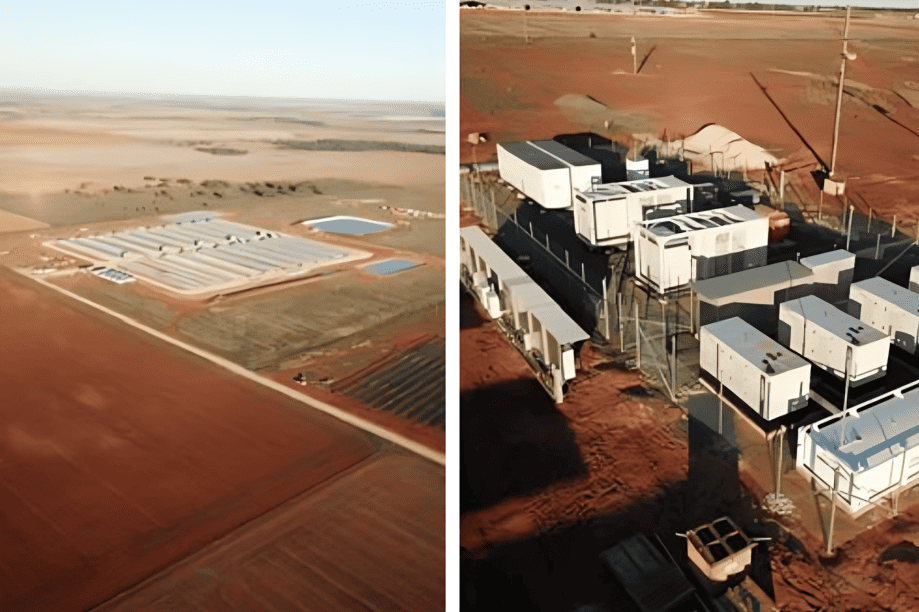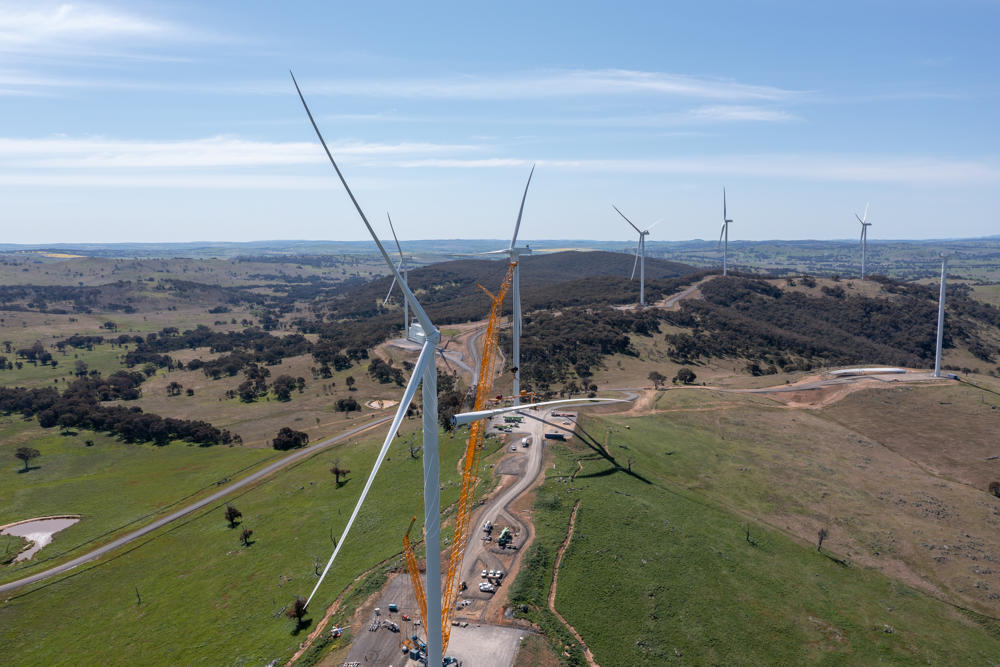
The levelised costs of electricity (LCOE) generation of low‑carbon generation technologies are falling and are increasingly below the costs of conventional fossil fuel generation, according to the Projected Costs of Generating Electricity 2020 report by the OECD Nuclear Energy Agency (NEA) and the International Energy (IEA) .
With the analysis of 243 plants based on data from 24 countries, the report presents the plant‑level costs of generating electricity for baseload electricity generated from fossil fuel, nuclear energy and a range of renewable technologies, such as wind and solar, hydro and biofuels.
Despite differences in regional, national and local conditions, the report finds that low‑carbon generation is overall becoming increasingly cost-competitive.
Renewable energy costs have continued to decrease in recent years and the costs of wind and solar PV are now competitive with fossil fuel‑based electricity generation in many countries.
Electricity from nuclear power plants is also expected to have lower costs in the near future. Due to cost reductions stemming from the lessons learnt from first‑of‑a‑kind projects in several OECD countries, new nuclear power will remain the dispatchable low‑carbon technology with the lowest expected costs in 2025.
The report also finds that prolonging the operation of existing nuclear power plants, known as long‑term operation (LTO), is the most cost‑effective source of low carbon electricity.
Hydroelectric power can provide a similar contribution at comparable costs, however, remains highly dependent on the natural endowments of individual countries.
NEA Director-General, William D. Magwood, IV, said as has been demonstrated by the ongoing COVID‑19 pandemic, access to electricity is key to advanced societies.
“Reliable and cost‑effective electricity is the source of economic growth in both developed and developing countries that face the need to bring more people out of poverty, to provide healthcare and to educate future generations,” Mr Magwood said.
As in previous editions, the report uses the LCOE methodology as a well‑established and widely‑used metric in policymaking and modelling. However, for the first time, the report also presents a new complementary metric, the ‘value‑adjusted’ LCOE measure in order to account for the increasing importance of system considerations within the context of the growing share of variable renewable energy (VRE) technologies.
Costs associated with storage, fuel cells and the long‑term operation (LTO) of nuclear power plants are also included in the analysis for the first time.
In addition, the report includes five ‘boundary chapters’, free‑standing articles contributed by experts in the respective areas that discuss different aspects of current and future electricity systems.
Also for the first time, the report is accompanied by an online Levelised Cost of Electricity Calculator. The calculator allows for easy download of all data tables in the report, and empowers the user to examine the impact of changing select variables, such as the discount rate, fuel prices or the cost of carbon. These improvements will make the report’s information easier to access and help users explore the sensitivity of results to certain key variables.
Executive Director of the IEA, Fatih Birol, said the electricity sector has a crucial role to play in reducing global emissions.
“Investing in affordable low‑carbon electricity generation technologies supports economic growth but is also necessary if we are to put global emissions into structural decline,” Dr Birol commented.
“All countries have the right and responsibility to do what they think is right for their citizens,” added Mr Magwood.
“But decarbonisation commitments made as part of post‑COVID‑19 economic recovery must be approached with a full understanding of the costs and impacts of various technologies in the electricity system as a whole,” he said.
“From an economic and sustainable standpoint, it is crucial to have the right balance of variable renewables and dispatchable resources, such as nuclear and hydro, in order to enable a resilient long-term energy infrastructure.”











